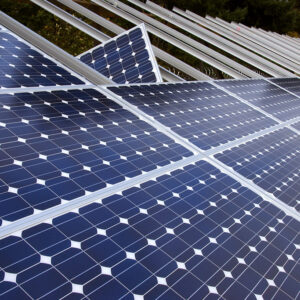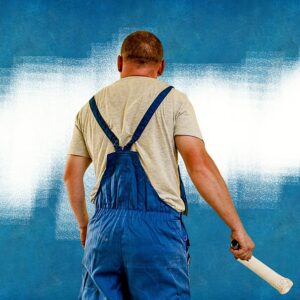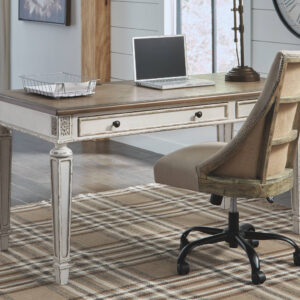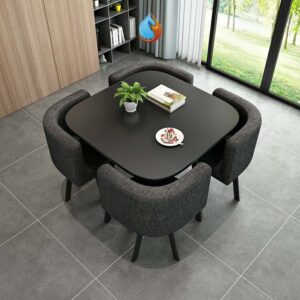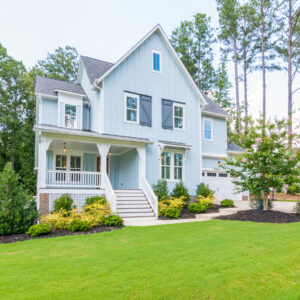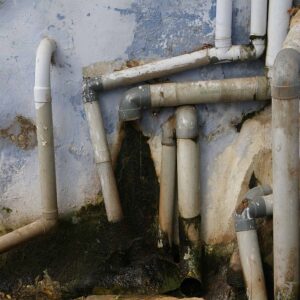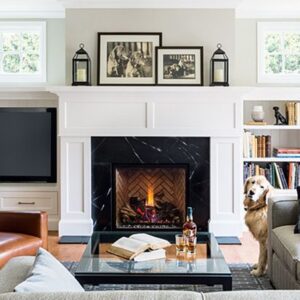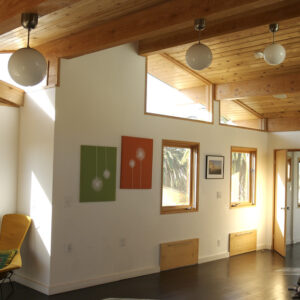Let’s Get Textured: Exploring the Wonderful World of Wall texture types to increase beauty of walls
- Get Creative with Comb Texture: How to Use a Toothed Trowel to Make Stunning Patterns on Your Walls!
- Knockdown texture…
- Orange peel texture…
- Spray sand texture…
- Sand swirl texture. …
- Skip trowel texture.
- Slap brush texture
Textured walls and ceiling textures are a great way to add depth and interest to decorate a home without breaking the gradient that is Presented by Myhousehaven. They are hard to paint, clean, and remove, should you be ashamed, the decision later on. Maybe you are confidential with some common textures, but you might not know about all of the options available here for you. But the truth is that not all wall textures are made uniform.
There are different types of wall textures, each of which has characteristics that leadership leads to and the feel of a space. Read on to learn about the basics of 7 common types of wall textures.
Let’s Get Textured: 7 Easy Wall Textures to Spice Up Your Home!
These are here:
- Comb (Texture)
- Popcorn (Texture)
- Orange Peel (Texture)
- Knockdown (Texture)
- Splatter (Texture)
- Stomp (Texture)
- Skip Trowel (Texture)
- Sand Swirl (Texture)
- Slap Brush Texture
- Rosebud (Texture)
Gear Up for Adventure: Essential Equipment for Your Next Excursion!
As we discuss each of these types of wall texturing techniques, and their cleaning services, Many of them require a comparable method to install and create. We get to spell out what each of these wall textures and their types look like. Let us first discuss what tools will be compulsory for them.
When preparing for your next adventure, having the right equipment can make a significant difference in your overall experience and safety. Whether you’re planning a hiking trip, camping excursion, or any outdoor adventure, here’s a list of essential equipment to consider bringing along.
- Hopper Gun
- All-Purpose Joint Compound
- Air Compressor
- Paint Roller
- Bucket
Discover the 7 Most Popular Wall Textures for Your Home
- Comb Texture
- Popcorn Texture
- Orange Peel Texture
- Knockdown Texture
- Skip Trowel Texture
- Sand Swirl Texture
- Slap Brush Texture
Let’s Begin with a deep Explanation
-
Comb Texture
In the manner of movement with comb texture. This method is often used to manufacture repeated rainbow patterns on the drywall and it is a more schematic texturing technique. This method requires a drywall compound, a roller, and a drywall trowel that has evenly-spaced teeth. You can make the texture even more detectable by painting the wall a bright color. Practice your creative skills on an extra piece of drywall before strive them on your wall. Let’s texture dry for 24 hours.
While both orange peel texture and comb texture serve the purpose of adding visual interest and covering minor defects, they offer distinct patterns. The comb texture’s unique ridged appearance stands in contrast to the bumpy face of orange peel texture, furnishing interior contrivers and homeowners with different options to achieve the asked air for their spaces. As with any texture operation, achieving harmonious and professional results with comb texture may bear moxie and practice.
-
Popcorn Texture
A method popular in the 1970s, when the concept was introduced. Also known as “acoustic” Texture, the texture was originally reserved for use on the ceiling. This design of texture became popular because it was a quick, easy, and very inexpensive way to cover drywall seams and other imperfections. The mixture can be bought from the store, and it is applied with a compressor and texture sprayer, so it makes an effortless DIY project. While popcorn texture is easy to install, it can be difficult to remove from the ceiling. The popcorn texture is drywall mud and Styrofoam, and it is a standard white color, so it is best for the wall or ceiling before use. You will need to use more than one coat if you want the customary popcorn texture. Cleaning is an equally difficult task, as it’s easy to break off bits of the texture in the method, and it is a difficult texture to repair. Texture with a h flat paint. Broken down by square foot, a popcorn texture mixture costs around $19 to install yourself.
-
Orange Peel Texture
Orange peel texture could be called the sibling of popcorn wall texture. Orange peel texture is a textured finish applied to walls and ceilings in interior construction. Named for its resemblance to the dimpled face of an orange, this texture involves applying an admixture of drywall or common emulsion to the face, followed by ways like scattering or rolling. The emulsion is also manipulated with tools to produce a bumpy and slightly textured appearance. Popular for its capability to conceal minor face defects, the orange peel texture adds visual interest while maintaining a fairly smooth finish, making it a protean choice for colorful interior spaces.
-
Knockdown Texture
A knockdown texture is a textured finish constantly applied to walls and ceilings in interior construction. This fashion involves first applying a caste of common conflation or drywall slush onto the face. Once applied, the conflation is also partly smoothed, or” knocked down,” using a trowel or other flat tool. This creates a unique textured pattern with subtle peaks and dales, similar to the look of stucco or poultice. The knockdown texture provides a fascinating visual effect that adds depth and dimension to a room while also helping to mask blights. It strikes a balance between a textured face and a smoother finish, making it a popular choice for modern interior design.
One of the benefits of the knockdown texture is its capability to interact with lighting. When light falls on the textured face, it creates murk and highlights, adding depth and visual interest to a room. This can be particularly profitable for creating air in areas like living apartments, bedrooms, or hallways. Its capacity to enhance aesthetics, hide blights, and respond to lighting conditions makes it a popular choice for adding character and style to interior spaces.
-
Skip Trowel Texture
Skip trowel texture is a wall and ceiling finishing fashion that creates a subtle, textured appearance suggestive of Mediterranean or stucco-style dishes. During operation, a caste of drywall conflation or common conflation is troweled onto the face, and a trowel is” skipped” easily over the conflation’s face, creating irregular patterns and a gently undulating texture. This fashion provides a more pronounced texture than a simple smooth finish, but it’s less bumpy than some other textured finishes. Skip trowel texture adds visual interest to interior spaces while still maintaining an air of fineness and complication.
Skip trowel texture is a cosmetic wall and ceiling finishing procedure that gives interior shells a distinct and charming texture. This look is achieved by applying standard conflation or drywall slush with a trowel and” skipping” the trowel’s edge over the conflation caste, creating a textured pattern with slight highs and lows. The uneven patterns formed by the skipping process add depth and complexity to the face, creating a unique play of light and shadow that adds character to the room. Skip trowel texture is popular for its capability to give a touch of rustic appeal while also maintaining a position of complexity, making it suited for a wide range of design sensibilities, from traditional to contemporary.
-
Sand Swirl Texture
Beach wind texture is an eye-catching wall or ceiling finish that adds visual faculty to interior spaces. This texture is distinguished by its distinct design of connected swirls that mimic the patterns made on the beach by gentle swells. To achieve the beach wind texture, a trowel or technical hassle is used to apply an admixture of ordinary emulsion or drywall slush to the face. The emulsion is managed in a swirling stir as it spreads to make the asked pattern. As a result, the walls or ceiling have a textured face that gives depth and complexity. sand breath texture is constantly used to conceal excrescencies on the face while adding a seductive and aesthetic touch. Its exquisite design and tactile rates
-
Slap Brush Texture
The poke hassle texture is a unique wall and ceiling finish that’s formed by applying a conventional emulsion or texture blend to the face and also using a poke hassle a technical instrument with stiff bristles to achieve a unique textured pattern. The texture is created by” slighting” the hassle against the wet emulsion, leaving a pattern of thin, uneven lines and crests before. This style gives the face a sense of depth and movement, making it a popular choice for adding aesthetic interest to the inwards. The texture of the procedure can vary depending on the size of the problem, the thickness of the emulsion, and the force applied during the process. The poke hassle texture is constantly used in the home.
Conclusion of Wall and Ceiling Textures
Wall and ceiling textures are important in interior design because they impact both the appearance and functioning of a space. various texture styles, similar to orange peel texture and comb texture, give distinct visual products and fulfill specific functions in perfecting the overall design. These textures aren’t only ornamental but also functional, since they serve to disguise scars and give a further polished appearance. Wall and ceiling textures are protean tools in interior design and construction, allowing for creativity and personalization. individualities can transfigure regular shells into visually witching rudiments that contribute to the general character and appeal of their living or working terrain by concluding for the applicable texture.
